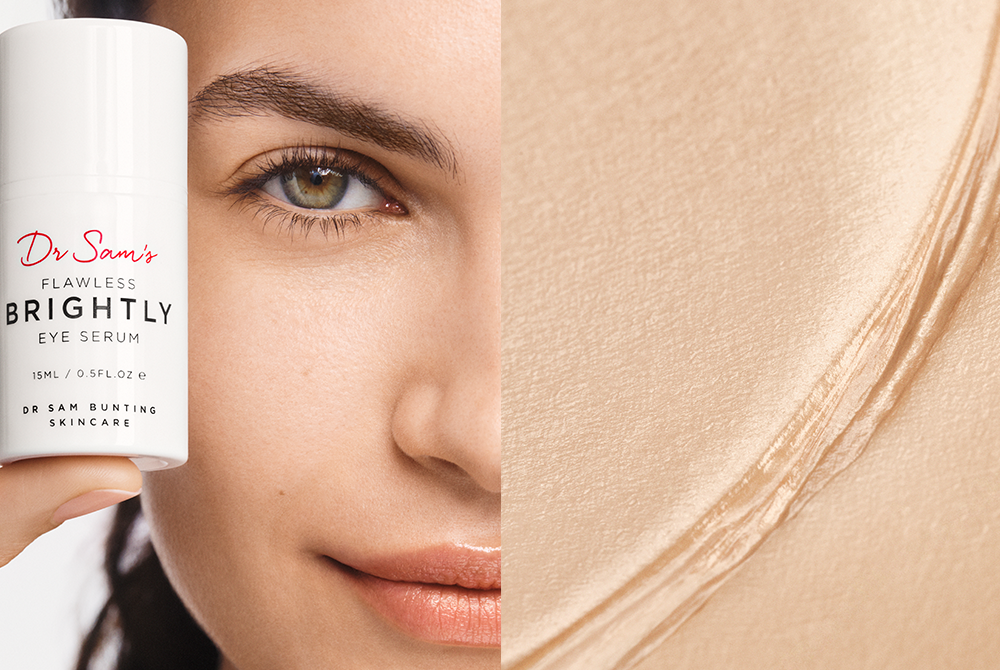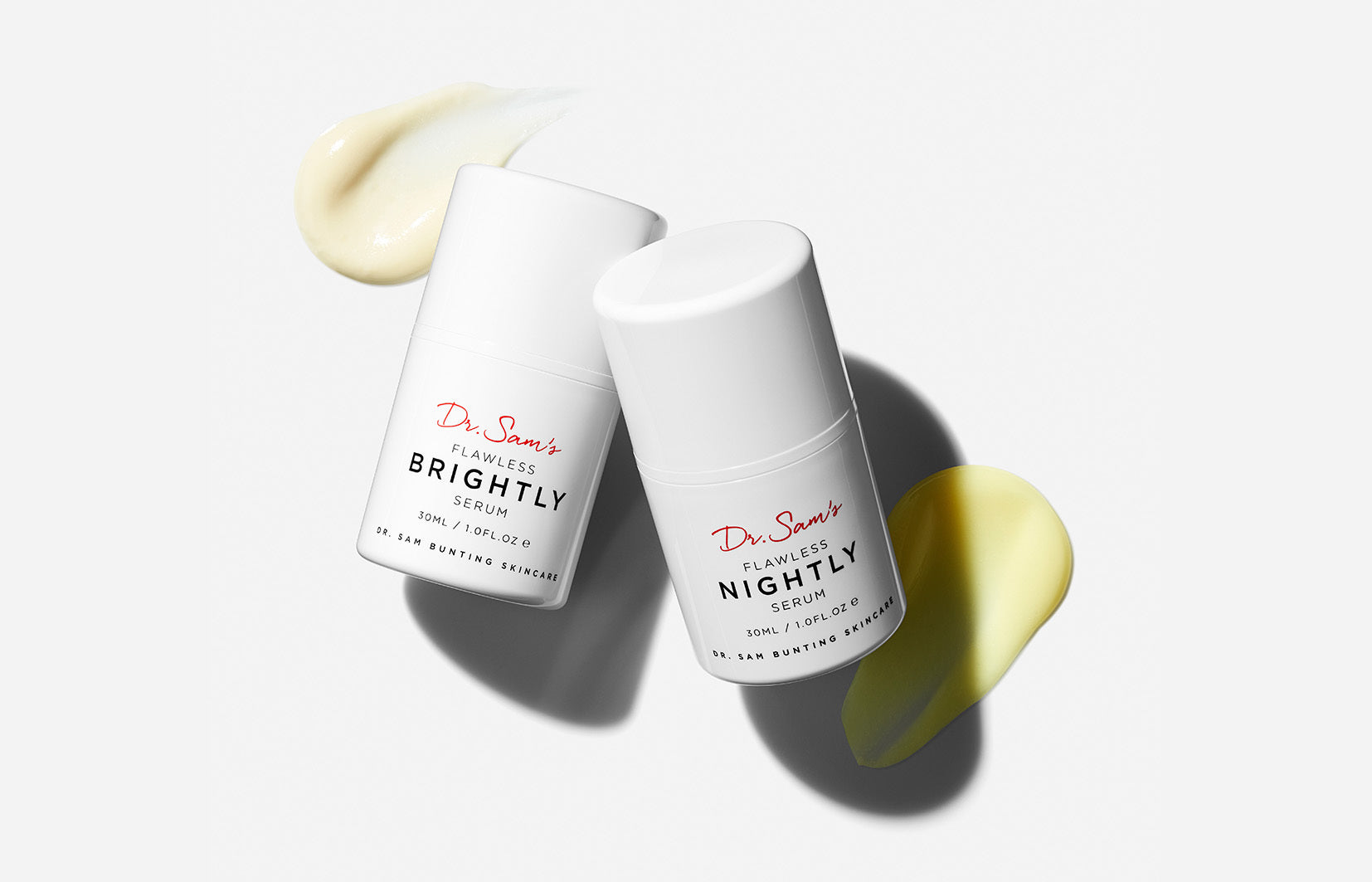Todays we’re talking about sunscreen labelling
Dermatologists and Influences spend a great deal of time explaining the virtues of using a regular sunscreen. But, once you have decided to commit, you are faced with an overwhelming number of products with little or no guidance for picking the right product for you.
Step 1 – The Sun Protection Factor (SPF) Number
The sun protection factor is a rating that tells you how well the product protects you from burning. Experts often refer to this as the UVB rating because most of light that causes burning is in the UVB range.
The number tells you theoretically how many times longer you can be exposed to the sun before burning. For example, if you would burn after 10 minutes without sunscreen, then a product with SPF 10 will allow you to be exposed for up to 100 minutes before burning.
We recommend you choose a product that has an SPF 30 to 50+, ideally 50. Although in theory, you can remain in the sun for 50x as long, in practice, your sunscreen does not last this long. The sunscreen leaves the skin due to sweat, rubbing off (especially if swimming) and loses function over time and should be reapplied during the day to maintain this level of protection.
Step 2 – The UVA rating
There are several different rating systems that you might see, depending on country of manufacture and company.
In Europe, products with UVA protection are labelled with a UVA with a circle around it. It means that the UVA protection is at least 1/3 the amount of the UVB protection listed in that product. i.e. it will block at least 1/3 of the intensity of UVA light as UVB light. Importantly, as this is a relative scale, the higher the SPF rating, the better the UVA protection will be, if the product carries this symbol.
The star rating is from 1 - 5 stars and describes the relative protection compared to the SPF protection. This is similar to system above but more refined. For example, **** denotes 80-90% and ***** denotes 90+% of the SPF protection. We recommend looking for products with a 4 or 5 star rating.
Products from Asia have a PA rating. This is rated between + and ++++ and denotes the protection against tanning or skin darkening. The scale means can remain in the sun from 2 times (+) to 16 times (++++) longer without tanning. We recommend looking for products with a +++ or ++++ rating.
Finally, products from the US sometimes use a ‘Critical Wavelength’ or λ symbol followed by a number (typically 370nm or 385nm). This means that 90% of the UV light is absorbed below this wavelength. As a reference UVA is from 320-400nm and UVB is from 290-320nm. This is more difficult to understand but essentially this label indicates reasonable UVA protection.
Step 3 – Other Labelling
Another phrase to look out for is ‘Broad Spectrum’. In European products this will denote that there is both UVA and UVB protection. In products from the US it specifically means that the critical wavelength is 370nm or greater.
Some products will claim to be water resistant and may state a time limit with this claim. Many countries have stopped claims of being waterproof as this was felt to be misleading.
Conclusion
I hope that you have found this short guide useful. Remember, there is no one best sunscreen product if you follow this guidance. There are sunscreens to suit all budgets and come in many different formulations.
The best sunscreen for you is one that you will use !
Dr Rakesh























